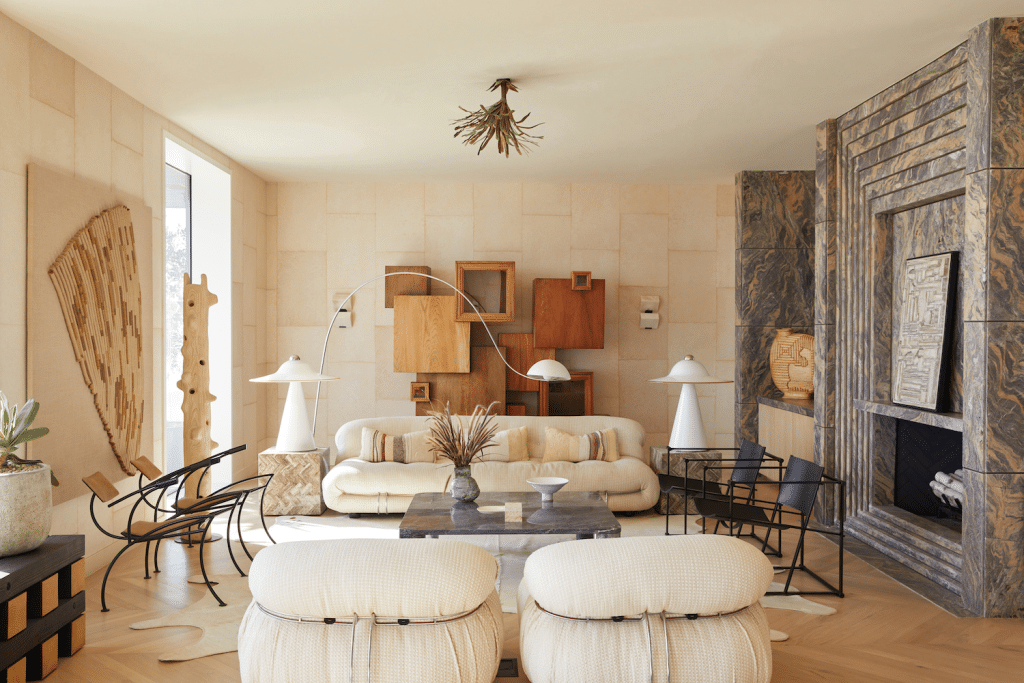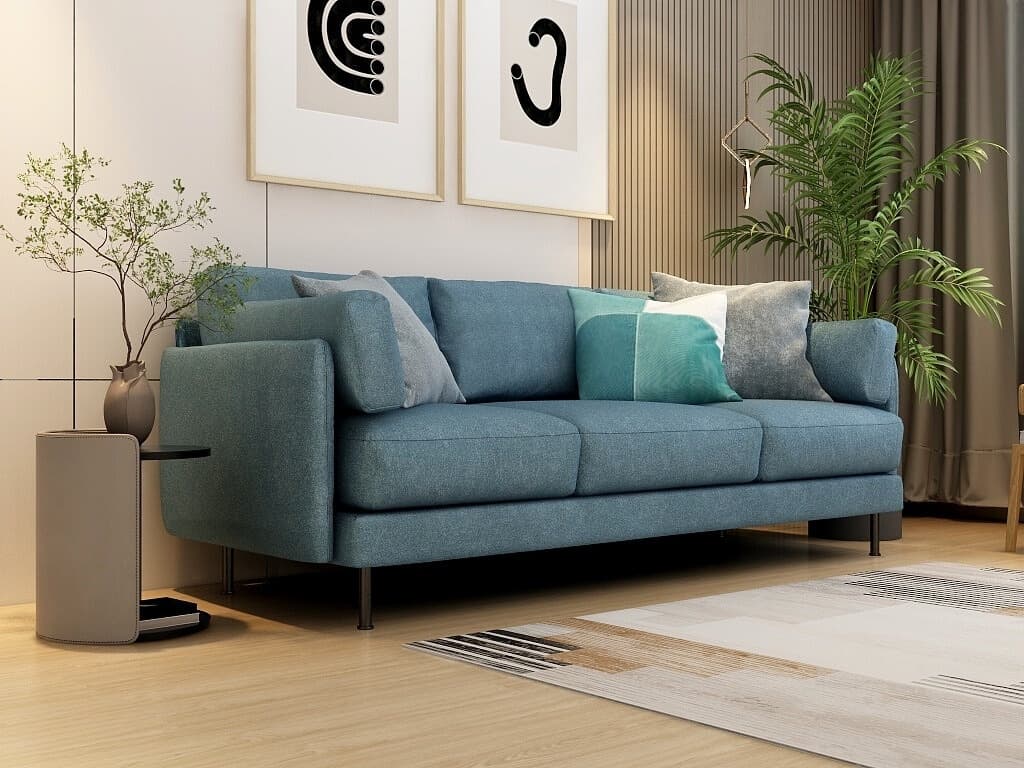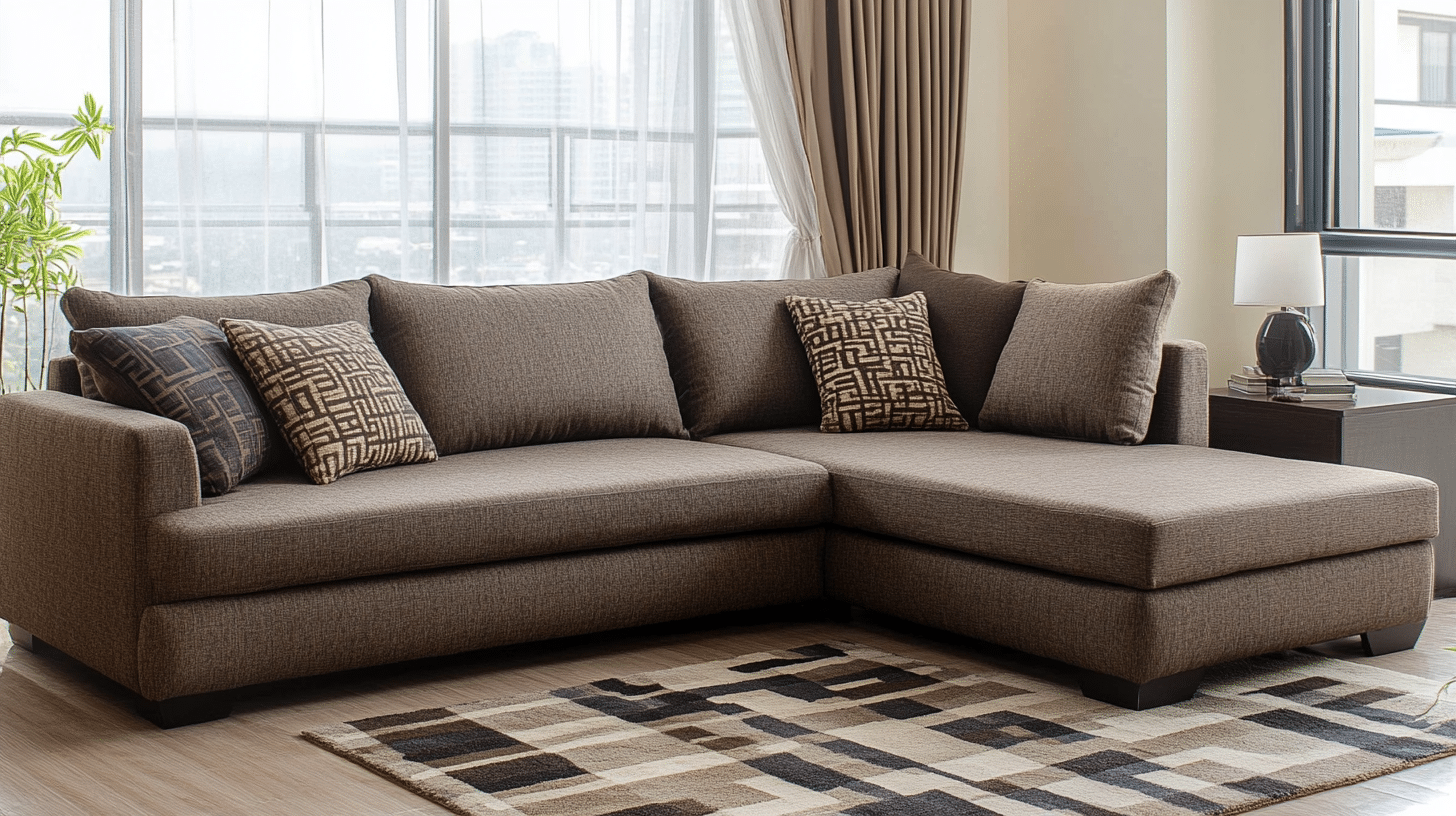Understanding Your Space
Before committing to an L-shaped sofa, evaluate the available space within your home. Measure the area where the sofa will reside, factoring in walking paths and adjacent furniture. Ensuring ample space around the seating arrangement prevents overcrowding and maintains functionality. An appropriately sized sofa enhances movement while complementing the surrounding decor.
Selecting the Perfect Size
Not every home benefits from the same dimensions of furniture. Compact living rooms may require a more streamlined design, while expansive spaces accommodate larger, more luxurious options. L-shaped sofas provide a practical yet stylish solution for various room sizes. Consider both seating capacity and proportional balance within the room. An oversized sofa in a confined setting can overpower other elements, whereas a too-small model may seem lost in a spacious environment.
Material Matters
Choosing upholstery that aligns with lifestyle needs is essential. Households with children or pets often favor stain-resistant and durable fabrics, whereas leather provides a sleek, timeless aesthetic. Soft textiles such as velvet or chenille create a cozy atmosphere, while synthetic blends offer easy maintenance. Prioritizing material durability ensures longevity while maintaining visual appeal.
Aligning with Interior Aesthetic

An L-shaped sofa should harmonize with existing furnishings rather than disrupt the overall design. Minimalist interiors benefit from neutral tones and streamlined silhouettes, whereas eclectic rooms thrive on bold colors or textured patterns. Wooden or metallic accents on the frame add character, integrating the piece seamlessly into modern or classic settings.
Configuration and Orientation
Determining whether a left-facing or right-facing layout suits your home prevents placement challenges. Some models offer modular flexibility, allowing adjustments as needed. Understanding the primary focal point in the room aids in making an informed decision. Placing the longer section along a wall optimizes space, while positioning it centrally fosters an open, inviting atmosphere.
Comfort and Cushioning
Beyond aesthetics, seating comfort remains a crucial factor. Sofas with high-density foam offer firm support, while plush cushions encourage relaxation. Testing cushion depth and back support ensures suitability for extended use. Reclining features or adjustable headrests add another layer of comfort for those who prioritize leisure.
Storage and Functionality
Some L-shaped sofas incorporate built-in storage, catering to compact apartments or homes with limited space. Hidden compartments accommodate blankets, books, or miscellaneous items, keeping the area tidy. Additionally, convertible designs that transform into beds enhance versatility, making them ideal for multipurpose rooms or guest accommodations.
Color and Fabric Maintenance

Dark hues conceal stains effectively, making them practical for high-traffic areas, while lighter shades create an airy, open feel. Upholstery maintenance varies by fabric type, with machine-washable covers offering convenience. Regular vacuuming and occasional deep cleaning extend the sofa’s lifespan, preserving its pristine condition.
Investment and Longevity
Budget plays a significant role in selecting furniture. Higher-quality construction materials contribute to durability, reducing the need for frequent replacements. A well-crafted sofa becomes a long-term asset, offering both style and comfort for years to come. Comparing options across different brands ensures the best balance between cost and quality.
Finalizing the Choice
Thoroughly considering size, materials, and design guarantees a well-informed purchase. Prioritizing both aesthetic appeal and practical functionality ensures the selected L-shaped sofa seamlessly integrates into the home, elevating the overall living space. A carefully chosen sofa enhances comfort while making a striking statement within any interior.

